Story
Who are we?
The 1722 Waggonway Project was established in 2017 to preserve, promote and enhance Scotland's earliest railway, the 1722 Tranent - Cockenzie Waggonway.
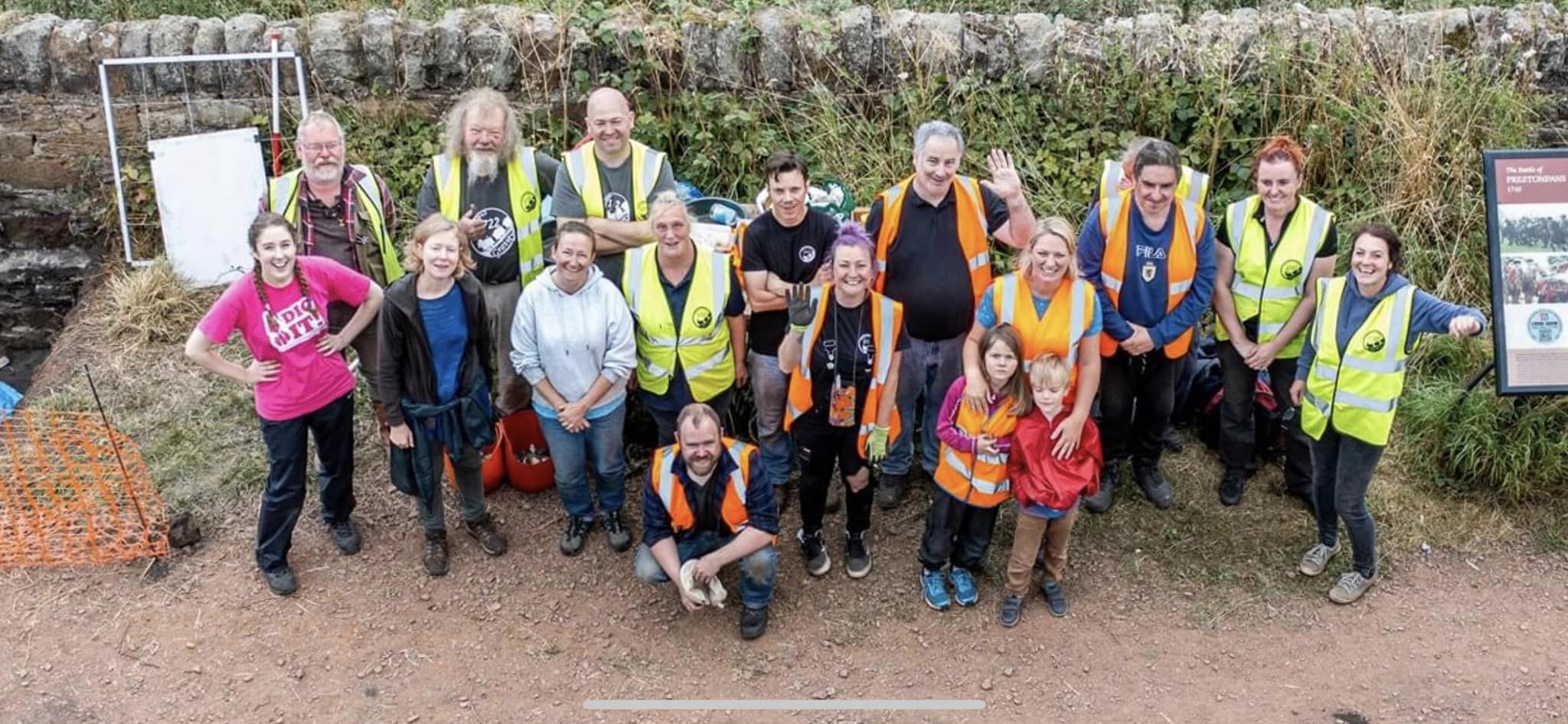
We are an entirely voluntary unincorporated association, with a dedicated core team who bring expertise in archaeology, research, engineering, architecture, events management, Health & Safety and the heritage sector. Since 2017 we have excavated the remains of the 1722 Waggonway and associated salt pans, revived salt-making in Cockenzie and opened a heritage centre which celebrates these historic industries.
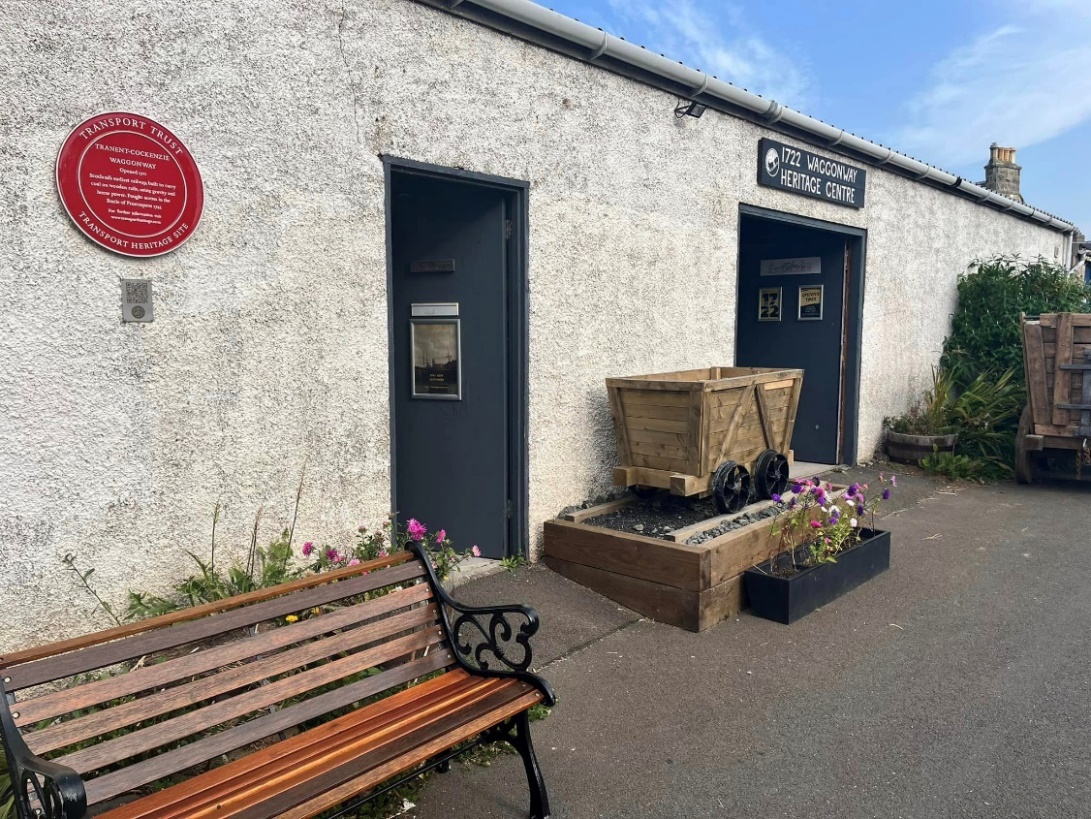
What's the idea?
Using the knowledge gained from our archaeological digs, we now know enough to be able to accurately build a working wooden waggonway, exactly as it was constructed in the 18th century.
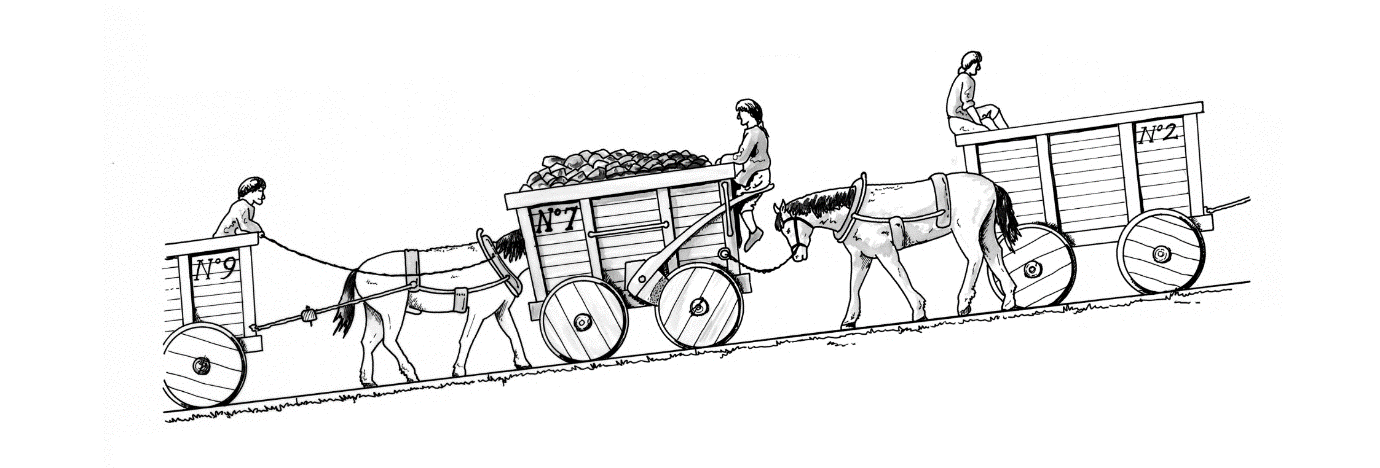
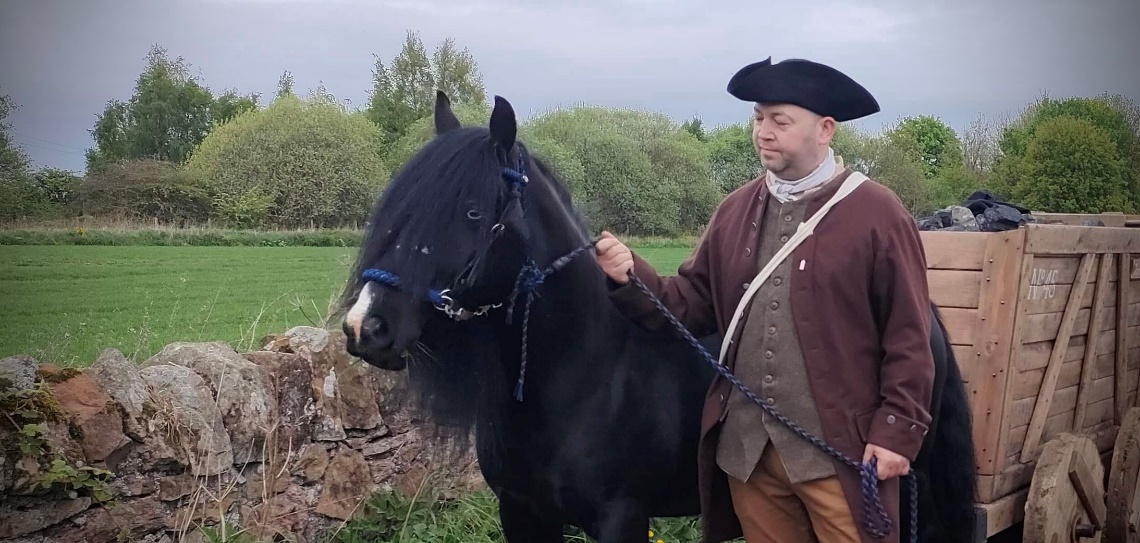
We'll involve local people, school pupils, students, and military veterans in helping us build the waggonway and it will create a unique and exciting living-history attraction for East Lothian, providing superb skill based educational opportunities during and after its construction.
The structures will be constructed using accurate traditional techniques wherever possible. We will also use correct materials, for example with oak timber being used for the waggonway sleepers and rails.
Fundamental to the project will be opportunities for local volunteers (and folk from further afield) to get involved. Our ‘Waggonway Navvies’ will be the driving force behind the project!
We have a track record of delivering engaging community events, practical heritage build projects and with a strong existing membership base, this will stand us in good stead for the effort required to pull in the necessary human resources in all areas of the project.
But the waggonway is just the start!
Scotland’s first railway was built to move coal from the Tranent mines to the Cockenzie salt works and, through a series of phases, we propose to construct a replica horse gin and 18th century pit headgear at one end of the line, a ‘coalfauld’ with unloading tippers at the opposite end, and lastly a full scale 18th century working salt pan house to complete the living history package.
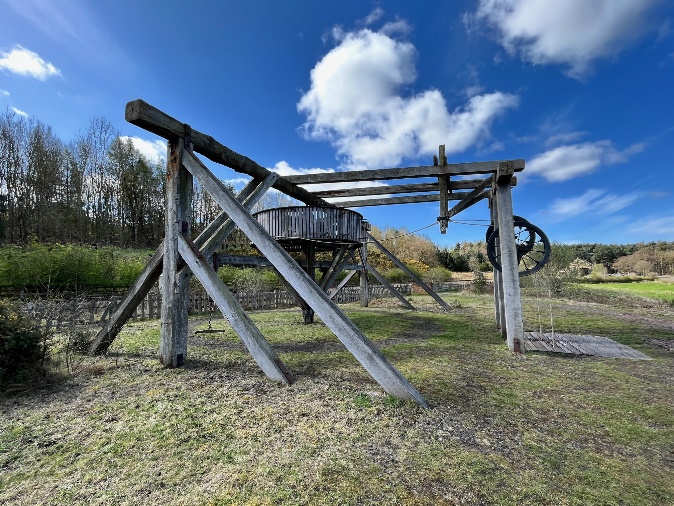
Our vision.
One of the key aims is to create an industrial heritage attraction for East Lothian, that visitors can enjoy as part of a wider heritage offering in this corner of Scotland. Cockenzie, Port Seton and Prestonpans have an incredible industrial history, and we want to enhance this by adding a working piece of historic infrastructure to benefit the area. There are currently no working wooden waggonways, or 18th century-style salt pan houses in the UK and this will be a significant living history heritage asset for East Lothian & Scotland.
The location is yet to be decided, but the group is currently exploring a number of options. More news on this when we get it!

(cutaway model showing a salt pan house)
How much will it cost and how will the money be spent?
The first phase of this exciting project will cost between £95k - £115k and we're aiming to achieve this within a 5-year timeframe, with completion by 2029.
There are a variety of costs involved - building the waggonway and initial fleet of 3 waggons will cost circa £70,000, but there are core project costs, design work, marketing, interpretation, publication costs and more which are essential to making the whole project a success.
Funds will also be raised via sponsorship, subscriptions and grant funding, with a grand totaliser being displayed on our website – www.1722waggonway.co.uk
The value of volunteer labour is difficult to quantify, but as a general principle, phase 1 would equate to at least £90k for phase 1, based on 6000 collective hours of work. This would be replicated over each phase.
As funds are raised, some elements of the project will be able to start ahead of the 5-year funding timeframe, and the schedule may be speeded up in the event of successful grants and sponsorship partnerships.
Our first round of fundraising will target an initial £10,000 to kick-start this exciting journey!
Is it ambitious? Yes!
Is it possible? Definitely!
Can you help us do it? We'd love to have you on board!
Come along for the ride, and take us one step closer to recreating history!
TESTIMONIALS
Paul McLennan, Member of Scottish Parliament for East Lothian
"This ambitious project aims to rebuild a working wooden waggonway, exactly as it was constructed 300 years ago by upskilling local people throughout the construction process and beyond. Community unity is an embedded value within the project and will be demonstrated by the provision of volunteering opportunities and the offer of practical, skills-based learning.
Once completed, the project will complement the wider heritage offer of Cockenzie, Port Seton and Prestonpans by providing a new insight to industrial past of this corner of East Lothian. Such an attraction will bring new tourists to the area and will support culture and heritage for the county.
I give my full support and look forward to seeing the project develop."
Dr. Michael R. Bailey (for the International Early Railways Committee)
"Cockenzie, Port Seton and Prestonpans have an incredible industrial history, and this could be enhanced by adding a working piece of historic infrastructure to benefit the area. There are currently no working wooden waggonways in the UK and this will be a significant living history heritage asset for East Lothian & Scotland."